The excavations carried out in the inner courtyard of Palazzo della Rovere in Rome uncovered the remains of the theatre of Rome's most notorious emperor. Until now, evidence of the Theatrum Neroni were only known from literary sources such as text written by Pliny the Elder, Suetonius and Tacitus. Nero used the private theatre for rehearsals of his singing performances in the Theatre of Pompey, and may have been where he was witness to the great Fire of Rome in AD 64.
Archaeologists unearthed the lost theatre of Nero
The excavations carried out by the Special Superintendence of Rome in the inner courtyard of Palazzo della Rovere, the headquarters of the Equestrian Order of the Holy Sepulchre of Jerusalem, have uncovered a wealth of findings from different periods of the city, from the late Republican age to the 15th century. Among these findings were the remains of the theatre of one of Rome's most notorious emperors.
In the Roman period, the excavation area was within the estate of Agrippina the Elder. According to Pliny, Suetonius and Tacitus, the emperors of the Julio-Claudian family developed this estate. Caligula built a hippodrome for horse racing, and Nero built a theatre.
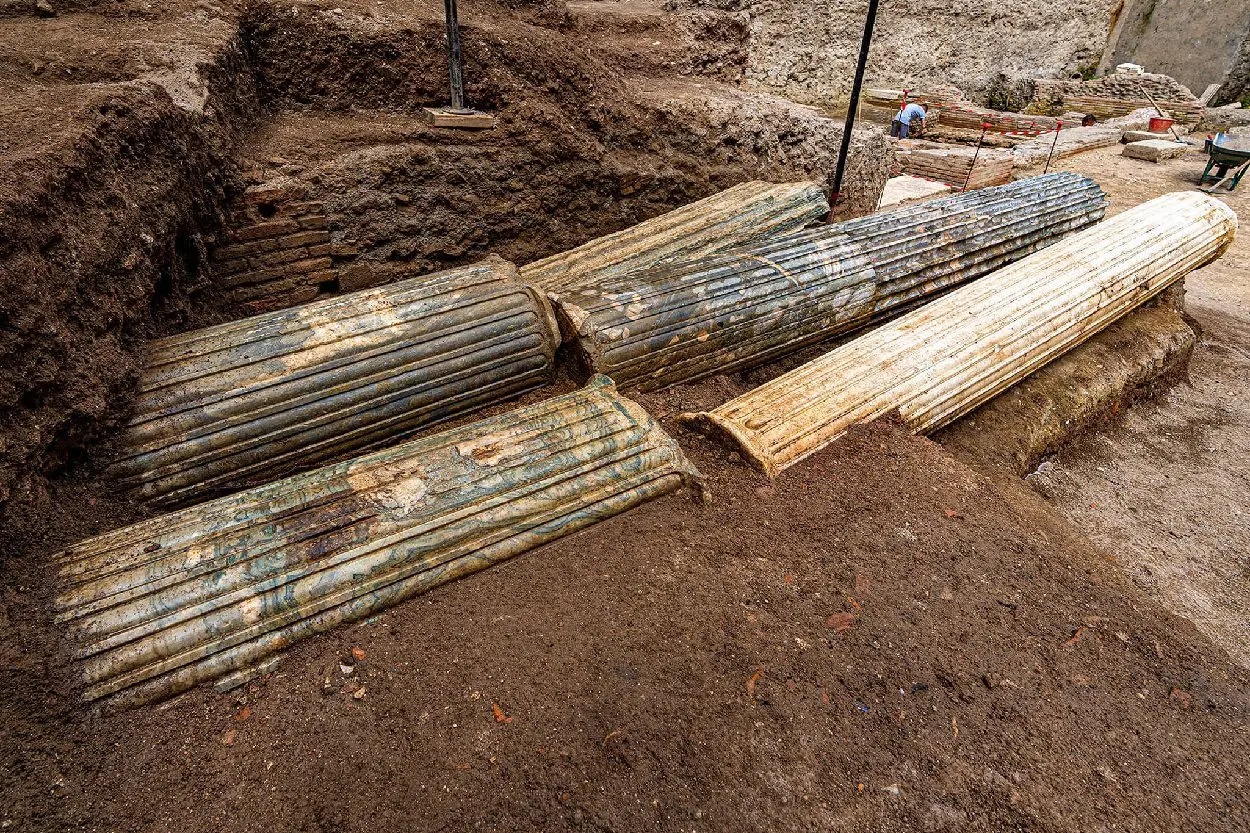
Image Credit : Fabio Caricchia
Ancient sources mention a large theatre built by Nero in the estate of Agrippina, where the emperor recited poetry and sang. Nevertheless, the existence of Nero's theatre had always been surrounded by suspicion until now.
Archaeologists could identify Theatrum Neronis thanks to its elaborate and sumptuous style that ancient authors described in their works.
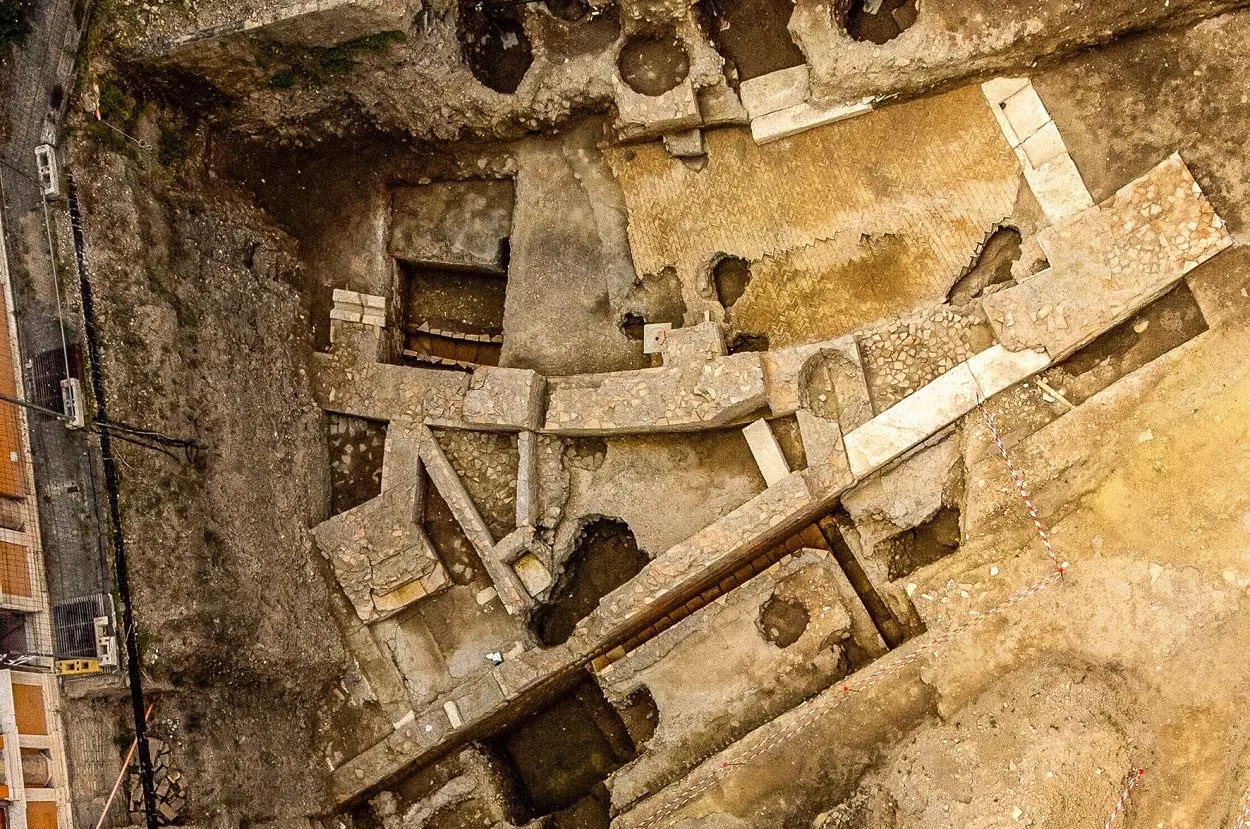
Image Credit : Fabio Caricchia
Archaeologists could identify Theatrum Neronis thanks to its elaborate and sumptuous style that ancient authors described in their works.
The structure consists of two brick buildings. The first is characterised by a hemicycle plan, with radial walls and a system of entrances and stairs. The features of this structure are compatible with a theatre cavea, on which the tiers of seats for the public stood.
The second structure consists of a series of rooms with a service function, possibly used as a backstage to store the materials and equipment used for performances.
Source: Soprintendenza Speciale Roma

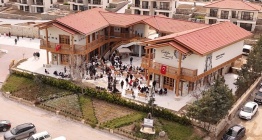
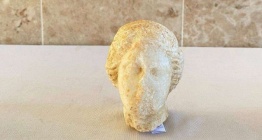

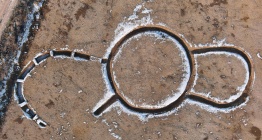
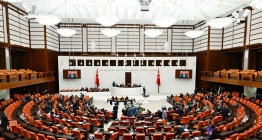

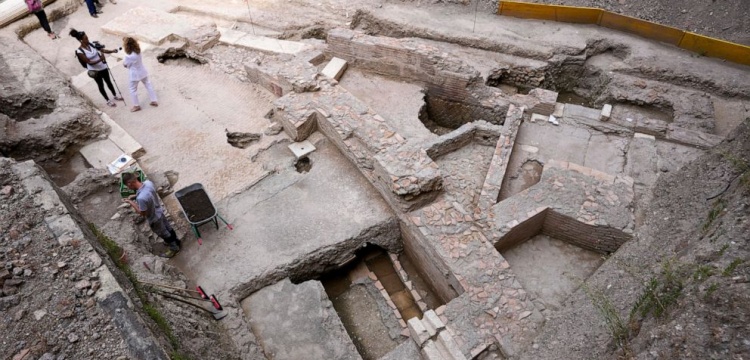
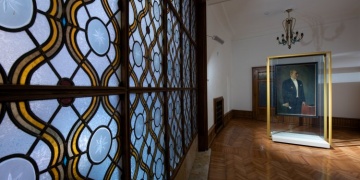 Türkiye İş Bankası İktisadi Bağımsızlık Müzesi 5. yılını kutluyor
Türkiye İş Bankası İktisadi Bağımsızlık Müzesi 5. yılını kutluyor 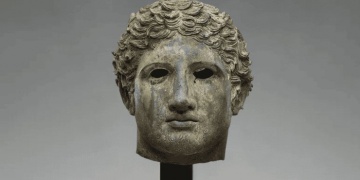 Boubon'dan kaçırılan bir bronz heykel başı daha Türkiye’ye iade edildi
Boubon'dan kaçırılan bir bronz heykel başı daha Türkiye’ye iade edildi 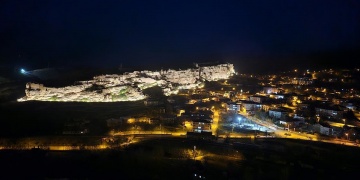 Kemah Kalesi'ndeki restorasyon ve aydınlatma çalışmaları tamamlandı
Kemah Kalesi'ndeki restorasyon ve aydınlatma çalışmaları tamamlandı 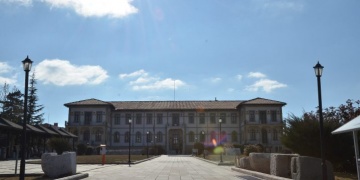 Müzeci Arkeolog Mürsel Bardak vefat etti
Müzeci Arkeolog Mürsel Bardak vefat etti 




